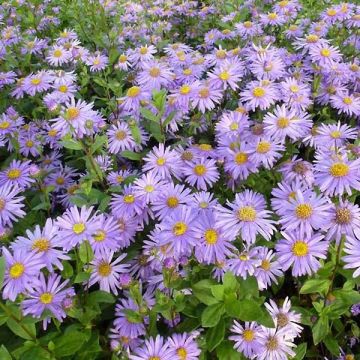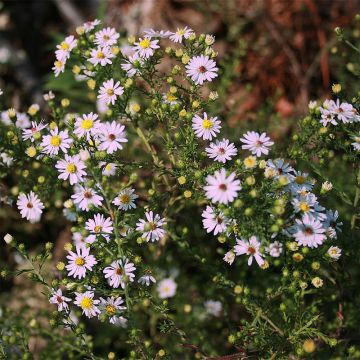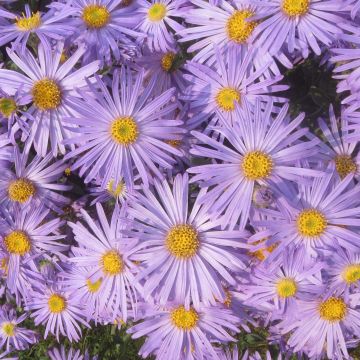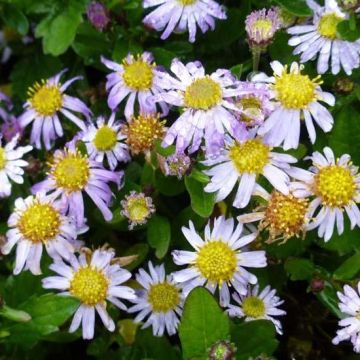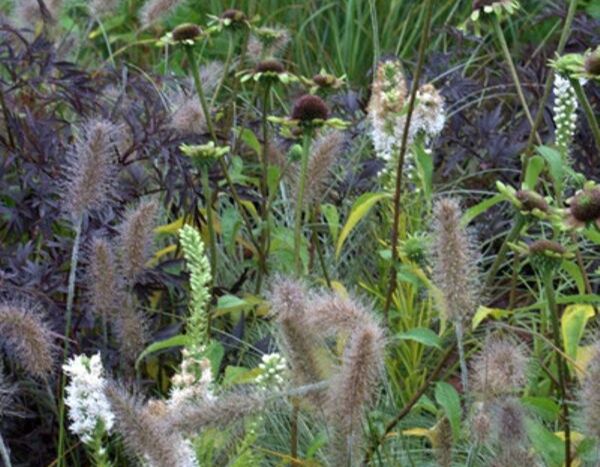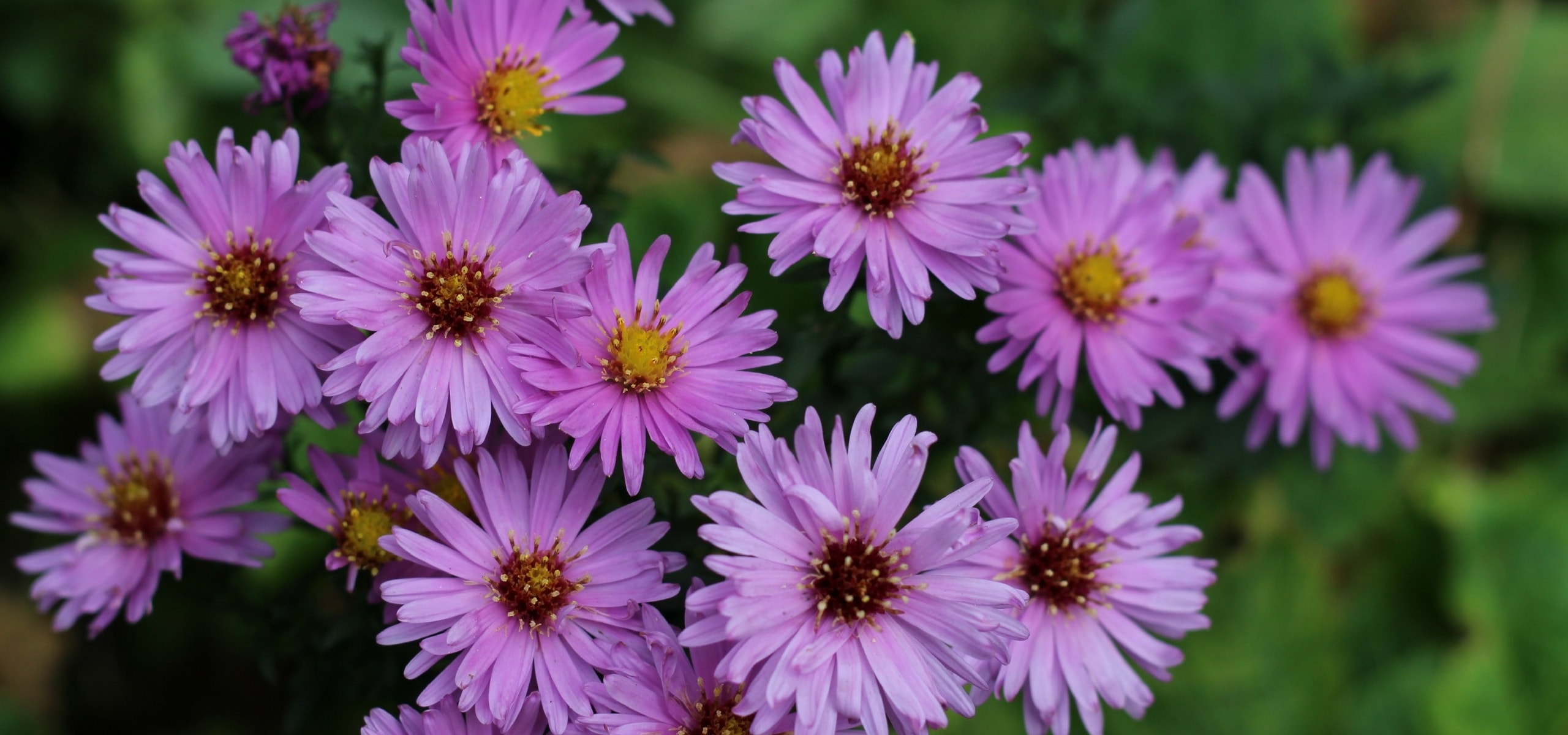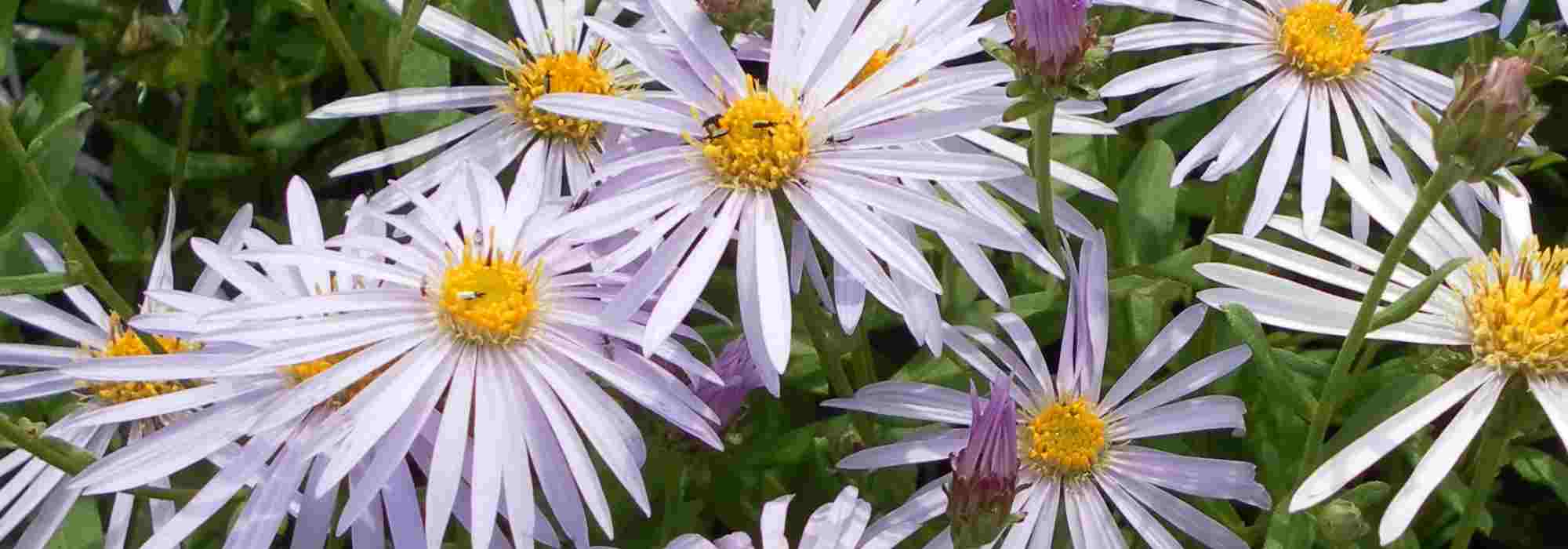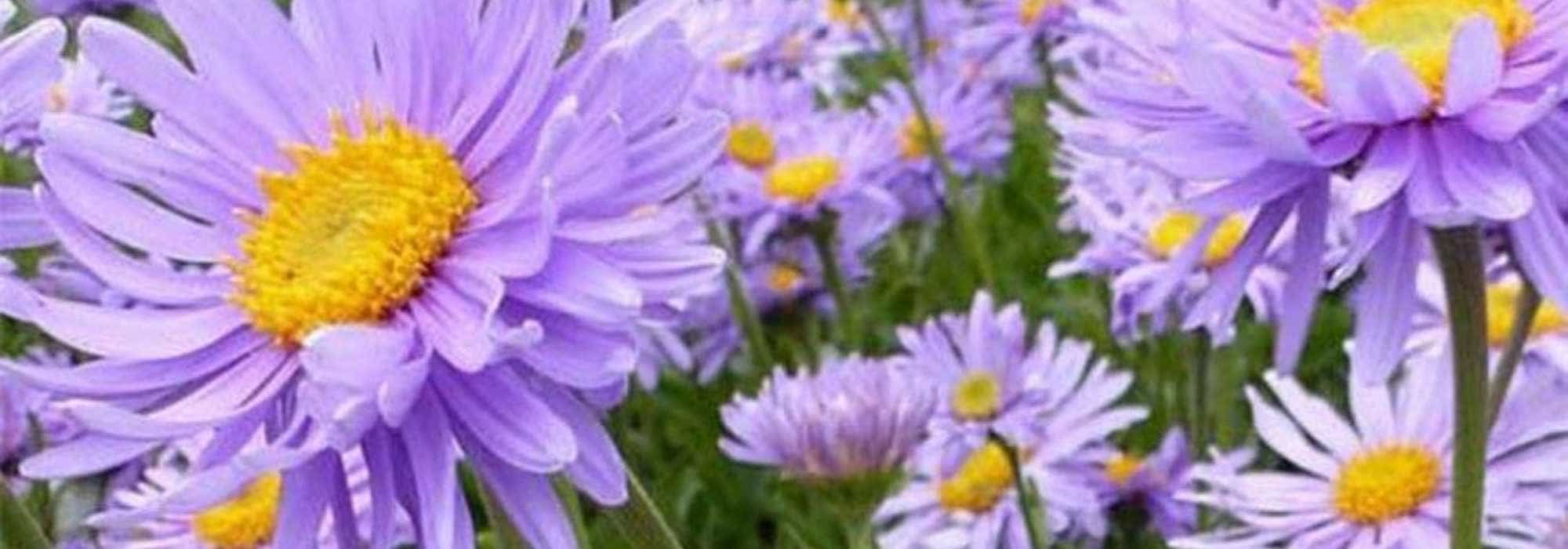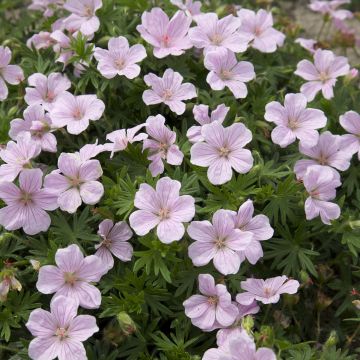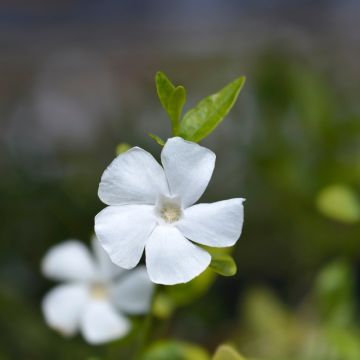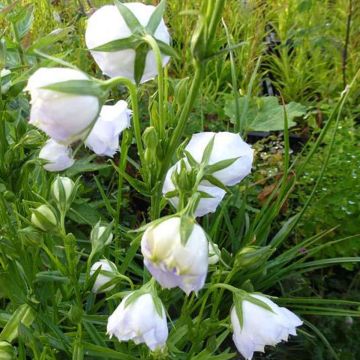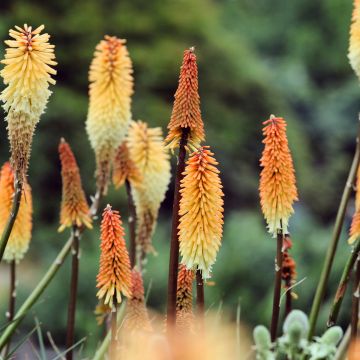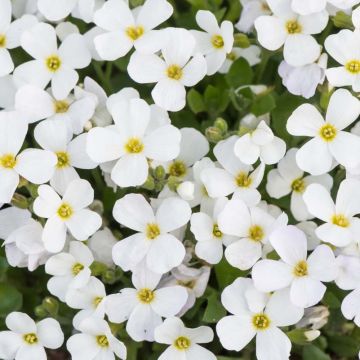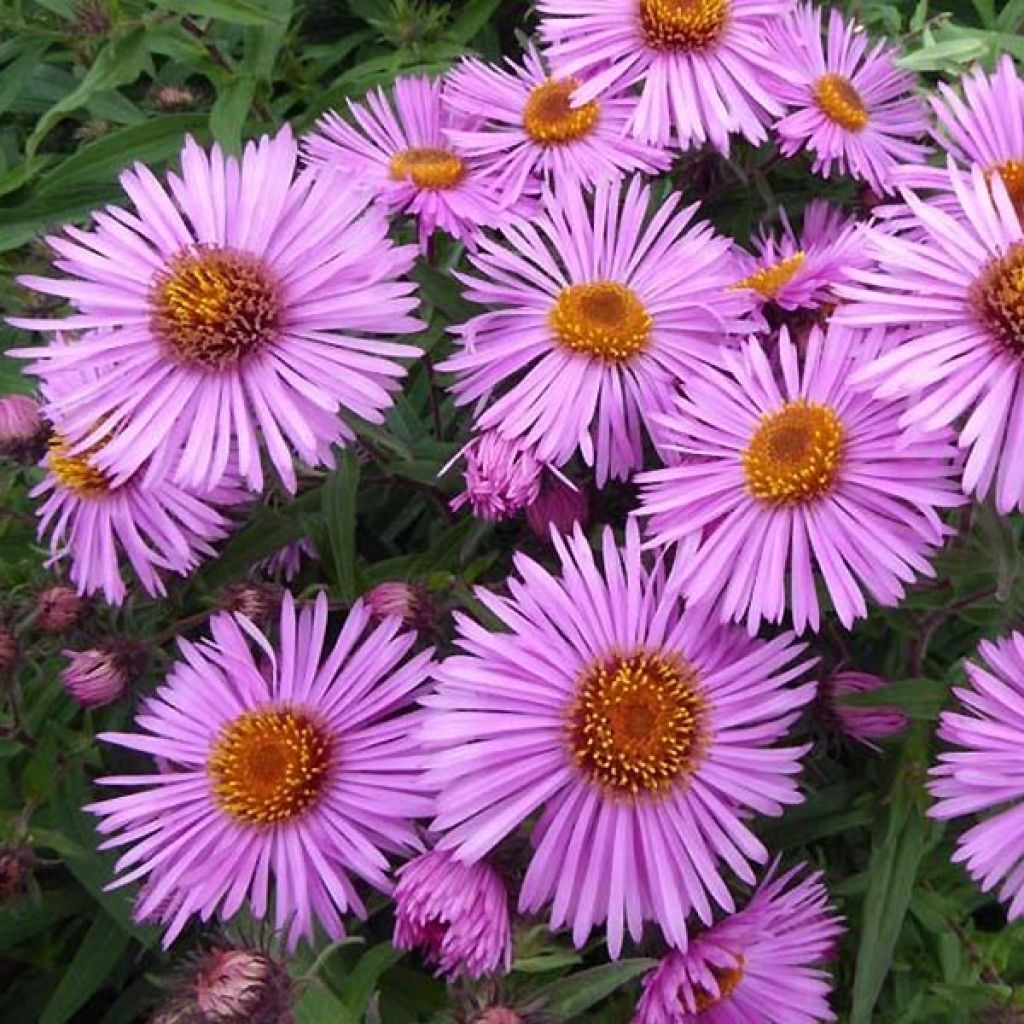

Aster novae-angliae Barrs Pink
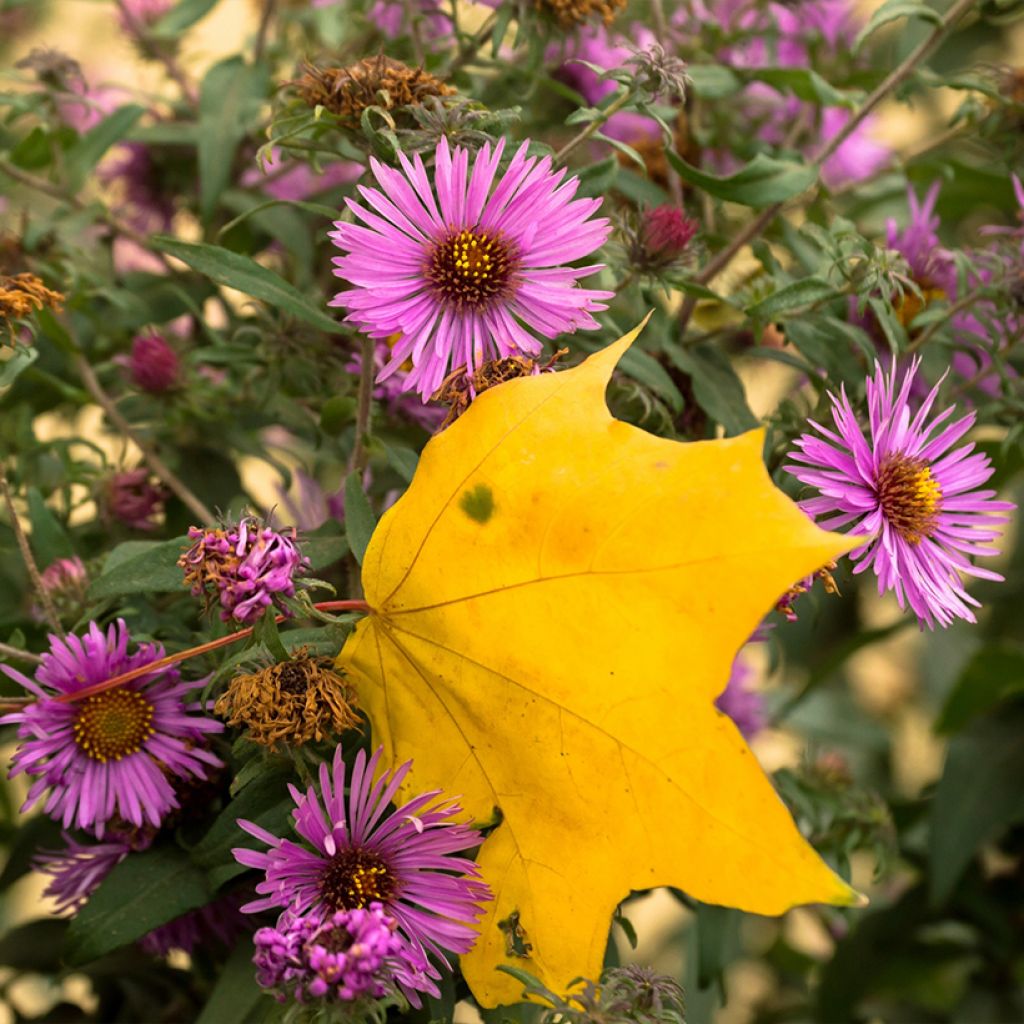

Aster novae-angliae Barrs Pink


Aster novae-angliae Barrs Pink


Aster novae-angliae Barrs Pink
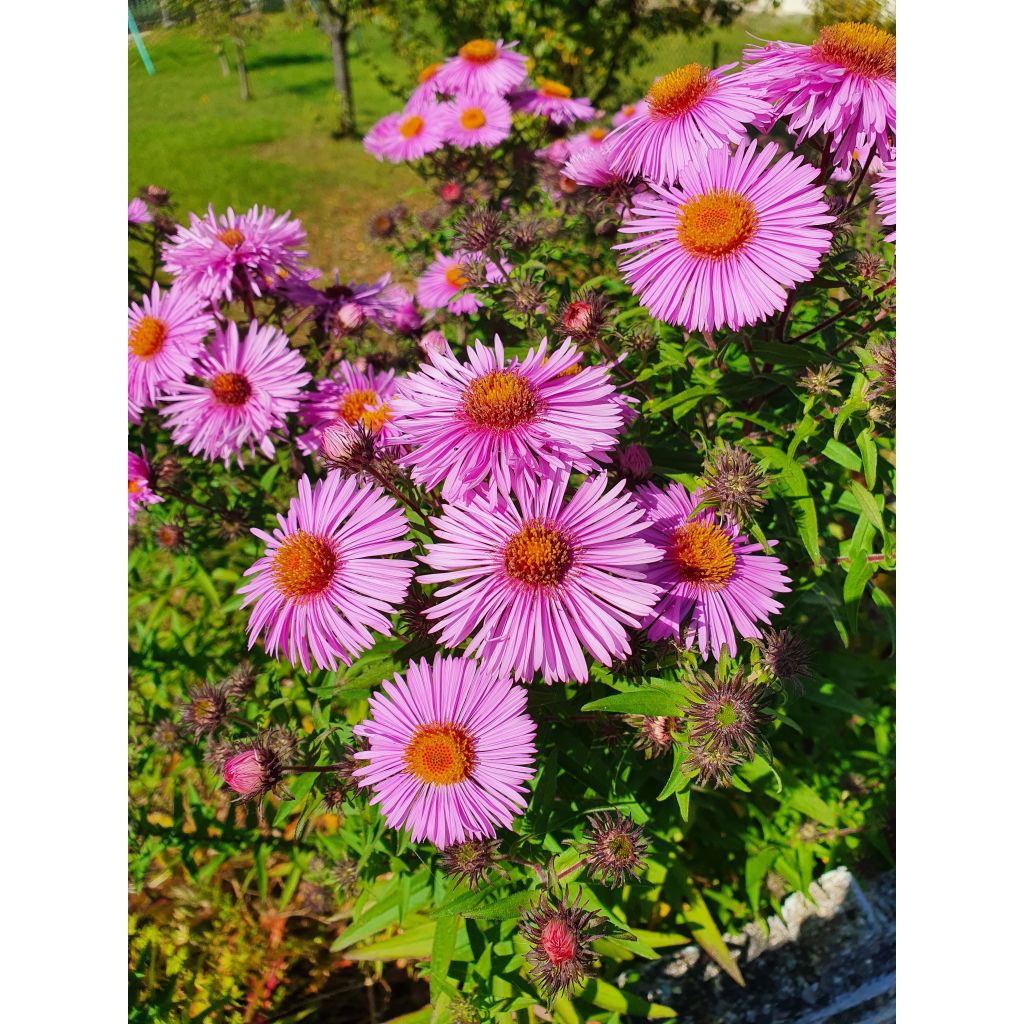

Aster novae-angliae Barrs Pink
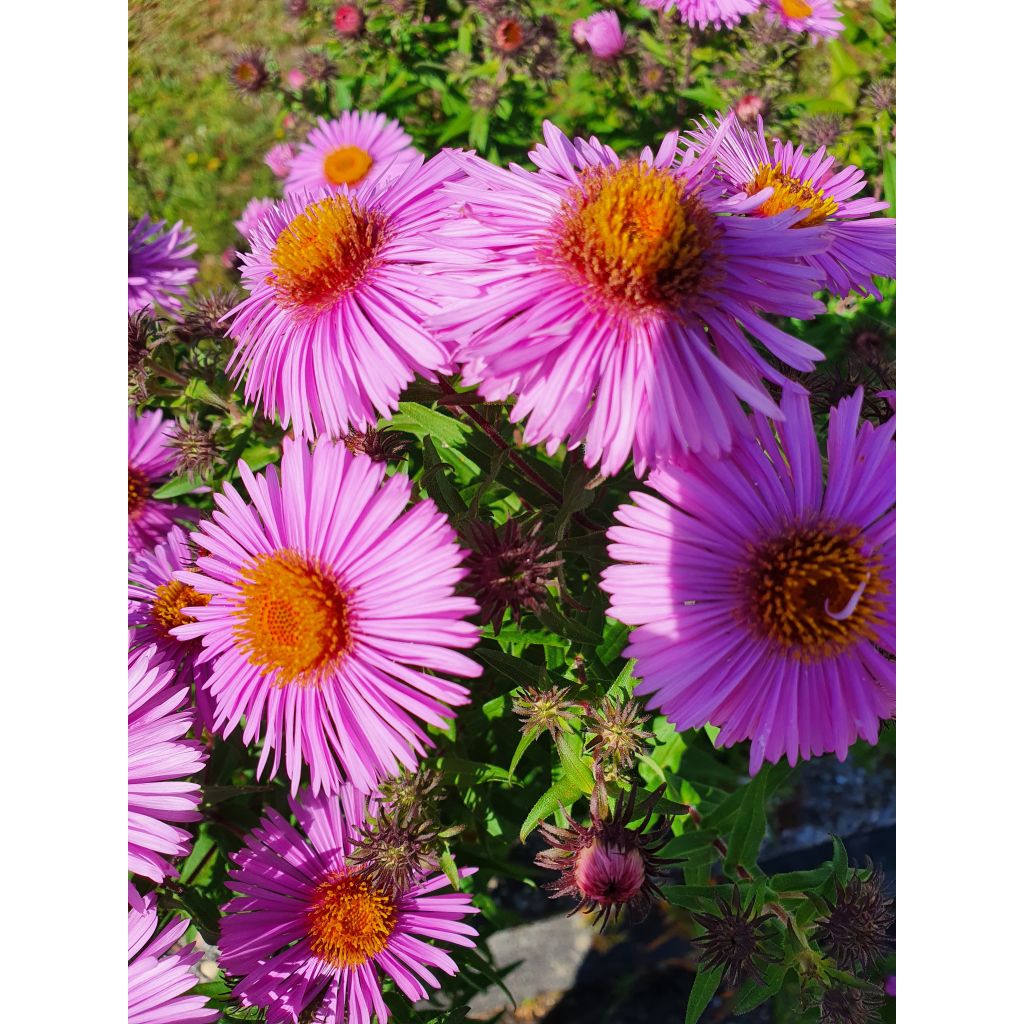

Aster novae-angliae Barrs Pink
Aster novae-angliae Barrs Pink
Aster novae-angliae Barrs Pink
New England Aster, Michaelmas Daisy
Received three asters as ordered, I'm just a little concerned about their recovery as all the pots received were completely frozen. The soil was as hard as stone. We'll see if the plants have survived...
Coco, 22/01/2024
Special offer!
Receive a €20 voucher for any order over €90 (excluding delivery costs, credit notes, and plastic-free options)!
1- Add your favorite plants to your cart.
2- Once you have reached €90, confirm your order (you can even choose the delivery date!).
3- As soon as your order is shipped, you will receive an email containing your voucher code, valid for 3 months (90 days).
Your voucher is unique and can only be used once, for any order with a minimum value of €20, excluding delivery costs.
Can be combined with other current offers, non-divisible and non-refundable.
Home or relay delivery (depending on size and destination)
Schedule delivery date,
and select date in basket
This plant carries a 12 months recovery warranty
More information
We guarantee the quality of our plants for a full growing cycle, and will replace at our expense any plant that fails to recover under normal climatic and planting conditions.
Would this plant suit my garden?
Set up your Plantfit profile →
Description
The Aster novae-angliae 'Barr's Pink' is a safe bet. This vigorous and opulent variety offers a profusion of daisy-like flowers in September-October, of a fresh pink colour with a golden yellow heart, very coquettish, and foliage resistant to mildew. Autumn flowerbeds would be quite dull without these perennials, their abundant daisies covered in butterflies. Robust, the upright stems of this variety do not require staking. It is a floriferous plant, easy to grow in ordinary soil that remains moist.
The family of Asteraceae, to which asters belong, is mainly characterised by the shape of its flowers, called capitules. This variety, derived from the North American species Aster novae angliae, is particularly resistant to diseases due to rough foliage that does not provide a foothold for pathogenic fungal spores such as powdery mildew and downy mildew. 'Barrs Pink' blooms abundantly in late summer. Its woody stems, reaching a height of 1.20 m (4ft), are capable of carrying opulent, colourful bouquets of a pretty pink colour without weakening. Make sure it is not overwatered, but does not suffer from drought either during the summer. It likes a sunny site but will prefer to have its feet in loose and fertile soil, protected by a thick mulch. The flowering of asters is much visited by bees and butterflies. The above-ground vegetation, deciduous, dries up in winter and regrows from the stump in spring.
The 'Barrs Pink' Aster is perfect in flowerbeds to extend flowering in the garden until autumn, but you can also plant it in large pots, with its blue counterpart Barr's Blue and some dahlias to brighten up the surroundings of your house. This combination will be equally joyful in large bouquets. This particularly sturdy plant will delight less meticulous gardeners, as it manages to survive without care even in neglected gardens, as long as it does not lack water. In beds and borders, create a rural ambience around your asters with tall perennials (tall sedums, grasses, daylilies) and small bushes (perpetual roses, Caryopteris, Perovskia, shrubby salvias). Including a few evergreen plants will provide some greenery to accompany the asters until the end of their flowering period.
Aster novae-angliae Barrs Pink in pictures


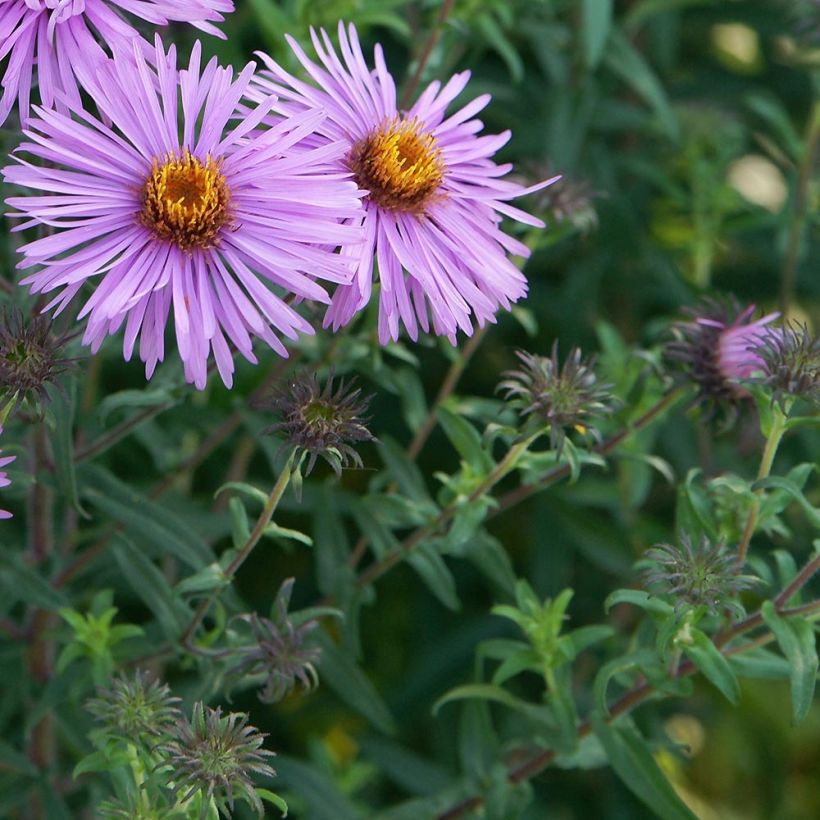

Flowering
Foliage
Plant habit
Botanical data
Aster
novae-angliae
Barrs Pink
Asteraceae
New England Aster, Michaelmas Daisy
Cultivar or hybrid
Other Asters
View all →Planting and care
Plant Aster novae-angliae 'Barrs Pink' in autumn or spring in ordinary, rich and well-tilled soil that remains moist even in summer. It can tolerate temperatures as low as -25°C (1°F). It prefers a sunny site but can tolerate partial shade, where it will have a slightly looser habit. It is necessary to avoid strong winds that would flatten the clumps. Unlike older varieties, 'Barr's Pink' does not require staking. Avoid moving once planted as asters don't like change. In borders, maintain a spacing of at least 50 cm (20in) between plants. This plant does not tolerate competition from other roots at all. Mulch the soil from June onwards and water in case of heatwaves. New England Asters are not susceptible to powdery mildew and downy mildew. Divide the clumps every three years to keep them floriferous. Do not replant the divisions in the same place and give them rich soil.
Planting period
Intended location
Care
Planting & care advice
-
, onOrder confirmed
Reply from on Promesse de fleurs
Similar products
Haven't found what you were looking for?
Hardiness is the lowest winter temperature a plant can endure without suffering serious damage or even dying. However, hardiness is affected by location (a sheltered area, such as a patio), protection (winter cover) and soil type (hardiness is improved by well-drained soil).

Photo Sharing Terms & Conditions
In order to encourage gardeners to interact and share their experiences, Promesse de fleurs offers various media enabling content to be uploaded onto its Site - in particular via the ‘Photo sharing’ module.
The User agrees to refrain from:
- Posting any content that is illegal, prejudicial, insulting, racist, inciteful to hatred, revisionist, contrary to public decency, that infringes on privacy or on the privacy rights of third parties, in particular the publicity rights of persons and goods, intellectual property rights, or the right to privacy.
- Submitting content on behalf of a third party;
- Impersonate the identity of a third party and/or publish any personal information about a third party;
In general, the User undertakes to refrain from any unethical behaviour.
All Content (in particular text, comments, files, images, photos, videos, creative works, etc.), which may be subject to property or intellectual property rights, image or other private rights, shall remain the property of the User, subject to the limited rights granted by the terms of the licence granted by Promesse de fleurs as stated below. Users are at liberty to publish or not to publish such Content on the Site, notably via the ‘Photo Sharing’ facility, and accept that this Content shall be made public and freely accessible, notably on the Internet.
Users further acknowledge, undertake to have ,and guarantee that they hold all necessary rights and permissions to publish such material on the Site, in particular with regard to the legislation in force pertaining to any privacy, property, intellectual property, image, or contractual rights, or rights of any other nature. By publishing such Content on the Site, Users acknowledge accepting full liability as publishers of the Content within the meaning of the law, and grant Promesse de fleurs, free of charge, an inclusive, worldwide licence for the said Content for the entire duration of its publication, including all reproduction, representation, up/downloading, displaying, performing, transmission, and storage rights.
Users also grant permission for their name to be linked to the Content and accept that this link may not always be made available.
By engaging in posting material, Users consent to their Content becoming automatically accessible on the Internet, in particular on other sites and/or blogs and/or web pages of the Promesse de fleurs site, including in particular social pages and the Promesse de fleurs catalogue.
Users may secure the removal of entrusted content free of charge by issuing a simple request via our contact form.
The flowering period indicated on our website applies to countries and regions located in USDA zone 8 (France, the United Kingdom, Ireland, the Netherlands, etc.)
It will vary according to where you live:
- In zones 9 to 10 (Italy, Spain, Greece, etc.), flowering will occur about 2 to 4 weeks earlier.
- In zones 6 to 7 (Germany, Poland, Slovenia, and lower mountainous regions), flowering will be delayed by 2 to 3 weeks.
- In zone 5 (Central Europe, Scandinavia), blooming will be delayed by 3 to 5 weeks.
In temperate climates, pruning of spring-flowering shrubs (forsythia, spireas, etc.) should be done just after flowering.
Pruning of summer-flowering shrubs (Indian Lilac, Perovskia, etc.) can be done in winter or spring.
In cold regions as well as with frost-sensitive plants, avoid pruning too early when severe frosts may still occur.
The planting period indicated on our website applies to countries and regions located in USDA zone 8 (France, United Kingdom, Ireland, Netherlands).
It will vary according to where you live:
- In Mediterranean zones (Marseille, Madrid, Milan, etc.), autumn and winter are the best planting periods.
- In continental zones (Strasbourg, Munich, Vienna, etc.), delay planting by 2 to 3 weeks in spring and bring it forward by 2 to 4 weeks in autumn.
- In mountainous regions (the Alps, Pyrenees, Carpathians, etc.), it is best to plant in late spring (May-June) or late summer (August-September).
The harvesting period indicated on our website applies to countries and regions in USDA zone 8 (France, England, Ireland, the Netherlands).
In colder areas (Scandinavia, Poland, Austria...) fruit and vegetable harvests are likely to be delayed by 3-4 weeks.
In warmer areas (Italy, Spain, Greece, etc.), harvesting will probably take place earlier, depending on weather conditions.
The sowing periods indicated on our website apply to countries and regions within USDA Zone 8 (France, UK, Ireland, Netherlands).
In colder areas (Scandinavia, Poland, Austria...), delay any outdoor sowing by 3-4 weeks, or sow under glass.
In warmer climes (Italy, Spain, Greece, etc.), bring outdoor sowing forward by a few weeks.

































